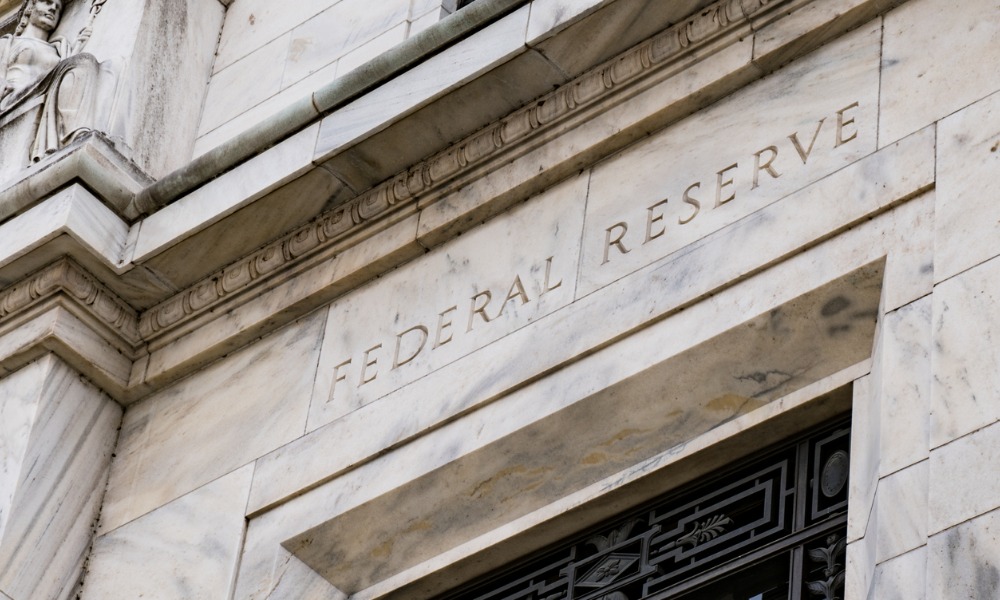From a presidential election, to a slowdown in inflation, there was plenty to consider

It’s been quite the week. With Donald Trump newly elected for a second Presidential term, the Federal Reserve’s interest rate decision, normally front and center of any news cycle, appeared somewhat forgotten. That was, until today.
The Federal Reserve has confirmed a reduction in its key interest rate for a second consecutive time. The rate has been cut from the previous target range of 4.75-5% to 4.5-4.75% - a quarter point reduction.
The decision did not come as a surprise. Rumors had been rife that a cut was in the works thanks to a recent slowdown in inflationary pressures. However, the aftermath of the election had raised questions as to whether the Bank would follow through – with many of Trump’s policies considered potentially inflationary. Trump has also made the proclamation that, as President, he should have a say in future interest rate decisions – something that contrasts steeply with the Fed’s efforts to maintain its status as an independent institution.
The economy had also thrown in a few curveballs – solid growth being contrasted by hiring falling off. Still, consumer spending has been healthy and there had been fears raised that too many interest rate cuts too quickly could overstimulate the economy and prompt another rise in inflation.
What does the decision mean for the mortgage market?
Expect a whirlwind of industry reaction in the coming days. When the Fed signaled its intention to drop rates back in the summer, the average 30-year mortgage rate quickly fell. However, it has since risen again with investors anticipating higher inflation.
So will the same occur this time around? Charles Goodwin, senior director of sales at Kiavi, told Mortgage Professional America ahead of the announcement that the narrative of continued US economic strength and an expanding deficit had “overpowered any notion of mortgage rates coming down in the short term.”
“That being said, despite the increase in mortgage rates, the leading indicators of the housing market show that home buyer demand remains steady, and resale inventory remains tight,” he said. “This is a good sign for real estate investors as they look forward to 2025.
“The Fed will be closely watching the data, and so should real estate investors. Once election volatility has passed, investors should be watching the economic data related to the US labor market and overall economic growth. In my opinion, investors should be looking for the ‘Goldilocks’ scenario, where the data comes in ‘not too hot, but not too cold’. Some mildly soft economic data would likely provide relief to the 10-year treasury and mortgage rates. As long as the data isn’t too soft, the overall housing backdrop of tight supply and enough demand to keep up, should remain.”
Expect more interest rate reaction in tomorrow’s Mortgage Professional America newsletter, which you can sign-up to for free, here.



